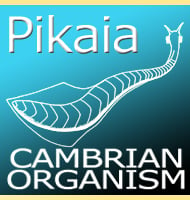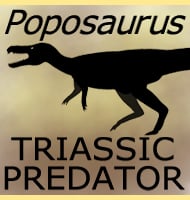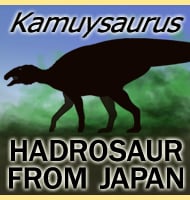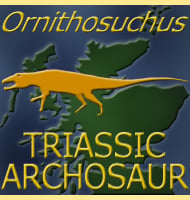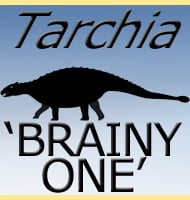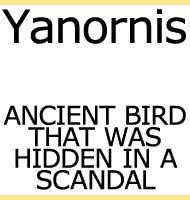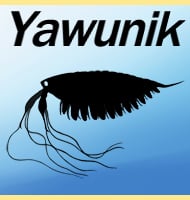In Depth
Originally assigned as a species of Platypterygius, Kyhytysuka is a genus of ichthyosaur that lived in waters around South America during the Early Cretaceous. Kyhytysuka is loosely described as a hyper carnivore, and this is because of many observations that can be made for the skull and teeth.
In Kyhytysuka the teeth are not just large (in comparison to some other ichthyosaur genera), but they seem to come in three forms. The anterior most teeth (at the tips of the jaws) are better suited for piercing and seizing prey items. Half way along the jaws the teeth alter in form and arrangement to be better suited for cutting. The posterior most teeth (back of the jaws) are better adapted for crushing. All in all, Kyhytysuka could not just seize prey, but process its prey’s bodies by cutting and crushing.
The skull also shows adaptation for a strong and violent feeding strategy, including being strengthened along its axis. The quadrate bone (where upper jaw connects to lower jaw) has a reinforced connection to the braincase, something that could infer much stronger biting muscles. The mandibular symphysis that connects the lower jaws is also reinforced. The jaws of Kyhytysuka could also open up to angles of 70� to perhaps even 75� wide. Kyhytysuka may have been able to swallow some large prey whole, especially if an expandable gular pouch was present.
All in all Kyhytysuka was almost certainly a macro predator that fed with great strength and force. It is uncertain as to what animals Kyhytysuka hunted because frankly this was an ichthyosaur that could adapt to hunting a variety of animals. Strong bite muscles with shearing and crushing teeth might indicate tougher prey such as ammonites, turtles and crustaceans. Those feeding adaptations might have also been used against marine reptiles to slice and crush up their bones before swallowing. Fish might have also been caught and swallowed whole.
The describers of Kyhytysuka noted smaller eye orbits and a linear jaw, which are features that might mean that Kyhytysuka hunted in shallower seas. Further reading
- Platypterygius sachicarum (Reptilia, Ichthyosauria) nueva especie del Cret�cico de Colombia. - Revista Ingeominas (in Spanish). 6: 1–12. - M. E. P�ramo - 2021.
- Re-appearance of hypercarnivore ichthyosaurs in the Cretaceous with differentiated dentition: revision of ‘Platypterygius’ sachicarum (Reptilia:Ichthyosauria, Ophthalmosauridae) from Colombia. - Journal of Systematic Palaeontology: 1–34. - Dirley Cort�s, Erin E. Maxwell, & Hans C. E. Larsson - 2021.

